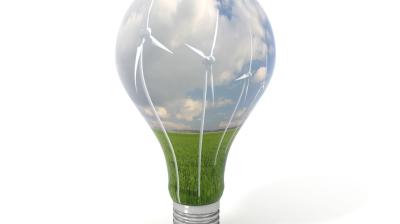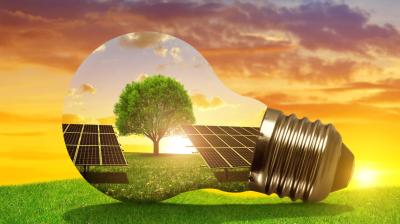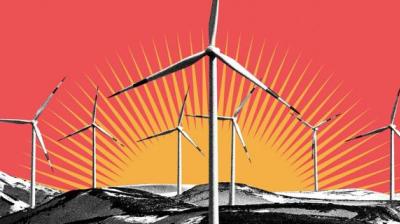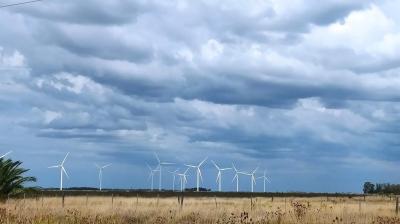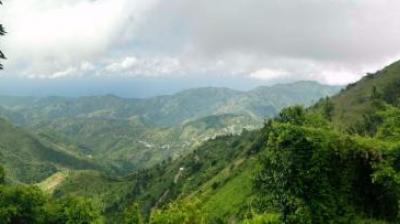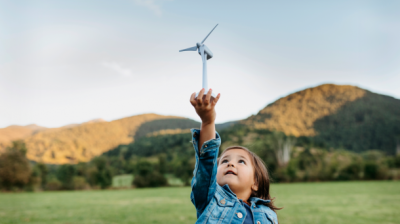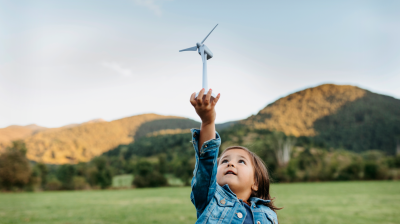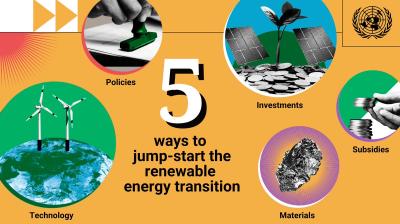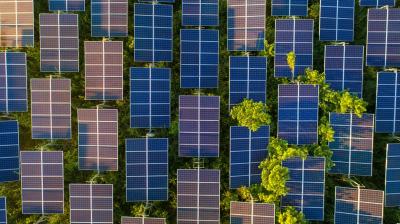WMO joins new partnership on renewable energy
A new partnership has been cemented to boost provision of targeted weather and climate information and services for renewable energy to help cut emissions of greenhouse gases and tackle climate change.
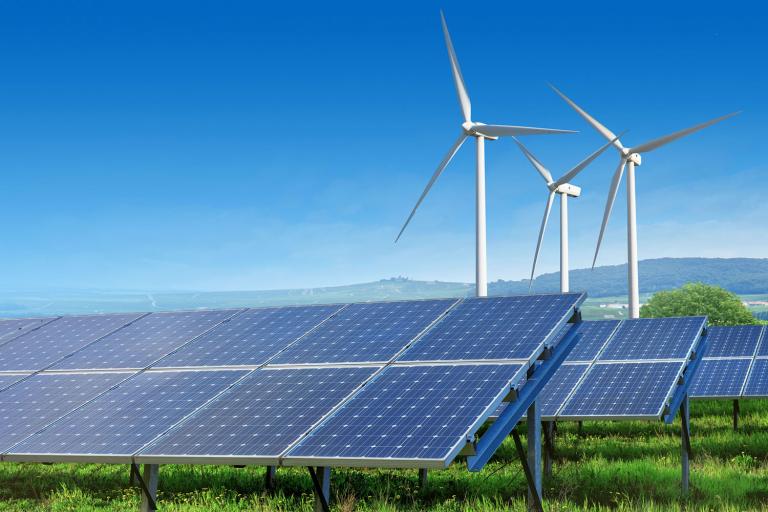
A new partnership has been cemented to boost provision of targeted weather and climate information and services for renewable energy to help cut emissions of greenhouse gases and tackle climate change.
The World Meteorological Organization (WMO) and the secretariat of the UN Framework Convention for Climate Change have both signed agreements with the Global Energy Interconnection Development and Cooperation Organization (GEIDCO) to cooperate on promoting efficient, resilient and renewable energy generation and use.
The agreement will enable WMO to expand the provision of climate services for energy as a contribution to the implementation of the Global Framework for Climate Services. The occasion for the signing was the release of several reports at COP25 focused on implementation of renewable energy systems on a scale and scope sufficient to achieve the temperature target of the Paris Agreement, of keeping the global temperature increase to less than 1.5 or 2 degrees above pre-industrial levels.
GEIDCO is an international organization, based in China, dedicated to promoting the establishment of a Global Energy Interconnection (GEI) system. GEI is an innovative energy transition concept for promoting the large-scale development, allocation, and use of clean energy in the world by adopting advanced technologies such as smart grid, Ultra High Voltage (UHV) power transmission, clean energy, and energy storage.
Since fossil energy combustion is the main source of global greenhouse gas (GHG) emissions, accelerating de-carbonization of energy systems plays a fundamental and decisive role in addressing climate change.
WMO Secretary-General Petteri Taalas said that renewable energy currently only accounts for 15 percent of total consumption.
Despite the commitments under the Paris Climate Change agreement, there is still no sign of a decline in greenhouse gas emissions or atmospheric concentrations from fossil fuel consumption, he told a thematic event at the UN Climate Change Conference, COP25, on 9 December.
“There is really a need for energy consumption to become carbon neutral,” he said, adding that a switch to clean energy would also tackle air pollution and improve public health.
“If you want an energy system based on solar or wind energy, you need good weather and climate forecasts and information. You have to know current and future climate conditions to get the best out of renewable energy systems,” said Mr Taalas.
The accord with GEIDCO provides for cooperation in the following areas:
- Selection of potential sites globally for large-scale renewable energy systems, based on available research and analyses on wind and solar resource identification, regional and local conditions such as land cover, power-grid integration potential, and existing capacity.
- Analysis of the impact of weather, climate variability, and climate change on the renewable energy resources such as hydro and wind power, to inform the national policy dialogue on the energy planning under climate change scenarios.
- Pre-feasibility studies for clean energy systems with high potential for implementation investment, including (i) resource analysis of hydropower and wind power systems in regions such as East Africa, Southeast Asia and Northeast Asia, (ii) analysis of the long-term climate change impact on clean energy resources, and (iii) analysis of socio-economic outcomes to guide the energy industry investments and decision-making in major projects.
- Assessment of risks to power-generation infrastructure under climate extremes and climate change in selected regions, to provide support for energy operation, planning and management as well as to related decision-making.
The WMO-GEIDCO accord is supplemented by additional annexes on specific projects, signed today by the two organizations. One annex provides for energy resource analyses of large clean energy systems – such as hydropower and wind energy – in regions with high clean power potential and research on the impact of climate change on clean energy systems, including evaluation of adaptation measures, based on a joint energy climate services framework. The other focuses on communication and advocacy on the need for such systems and the climate services that support them.
The COP25 thematic event provided an occasion for GEIDCO, WMO and the International Institute for Applied Systems Analysis (IIASA) to publish a Research Report on Global Energy Interconnection for Addressing Climate Change.
The research results in the report show the urgent need for actions by the international community to engage in clean energy transition and make unremitting efforts to achieve the Paris Agreement temperature goals and the UN Sustainable Development Goals.
The report includes data and analysis from WMO reports on the state of the global climate and contributions on climate services for the energy sector. .
The report comprehensively studies the energy system and mitigation technology of GEI in 2°C and 1.5°C scenarios, it indicates that GEI is a technologically advanced, economically efficient, win-win, and systematic approach to achieving 2°C and 1.5°C temperature control goals.
Building GEI will not only effectively address climate change but also significantly promote economic growth, social development, reduction in climate losses, environmental protection, human health, and facilitate the implementation of the UN 2030 Agenda for Sustainable Development. Energy interconnection roadmaps at the continent level and innovative mechanisms outlined in the report will help stakeholders accelerate their climate actions.
- WMO Member:
- China


